MARKET OVERVIEW
The global home bedding market forms an essential segment of the broadly defined consumer products and lifestyle industry, which deals with things that bring personal comfort, sleep quality, and aesthetics into play. Home bedding refers to mattresses, bed linens, pillows, blankets, and duvets with accessorizing products. These are critical objects for people's daily existence, influencing both physical comfort and home decorators' design sense. The global home bedding market will induce the way in which consumers perceive rest and relaxation by combining comfort with innovative designs and material usage.
The branches of this market will range from home to hospitality and healthcare industries, where each bedding segment lists the specific requirements. Residential consumers want stylish bedding solutions for their homes that also function comfortably, while hotels and healthcare facilities are looking for durable options that are easy to maintain and hygienic. The global home bedding market shall evolve along with changing lifestyles and varying disposable incomes across regions- offering products that shall fit diverse consumer preferences based on seasonal trends and cultural influences.
The market shall embrace a plethora of material choices, namely cotton, silk, linen, synthetic fibers, and other innovative performance textiles, all aiming to maximize breathability, durability, and moisture-wicking capacity. Trends of eco-sustainability are sure to govern the choices of fabrics wherein companies are indulging more and more into the production of these eco-friendly materials and ethically sourced materials to woo environmentally conscious consumers. Future advances in textile technology will warm the market even more with smart bedding products capable of monitoring sleep patterns, temperature control, and home automation.
The global home bedding market will be formed by distribution channel diversification. Brick-and-mortar stores, selling off-line, shall remain to provide tactile experiences; simultaneously, the e-commerce marketplace will capture massive interest owing to convenience and broader product range. Online customization tools, virtual showrooms, and direct-to-consumer models will increasingly allow consumers to personalize bedding products according to their specifications from home. This evolution will heavily influence the branding strategies and relationship-building process with consumers of home bedding products.
Marketing in the global home bedding market will continue to focus increasingly on personal health, wellness, and the quality of sleep and its effects on day-to-day performance. With the rising awareness about sleeping culture, the marketing strategy will no longer sell bedding as sheer aesthetic add-ons for homes but rather as an indispensable cadre for maintaining the mental and physical well-being of consumers.
Global home bedding market is estimated to reach $196,700.84 Million by 2032; growing at a CAGR of 7.4% from 2025 to 2032.
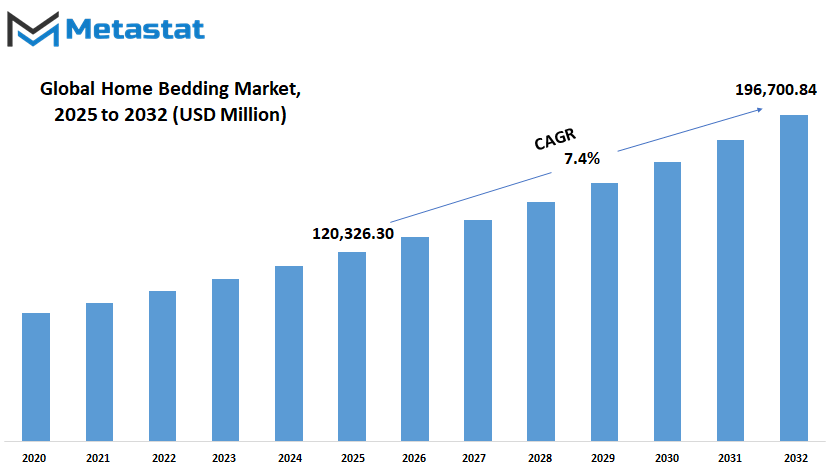
GROWTH FACTORS
The global home bedding market has been witnessing steady growth and scrapes the surface with a promising future ahead. People are becoming more concerned with how their sleep affects their health over the years; this newfound awareness translates into a demand for better and more comfortable bedding. Further, as people understand the importance of good sleep for their mental and physical well-being, they are inclined to spend on quality mattresses, sheets, and pillows. This change is likely going to give the market a push in the next few years.
Another major reason that the global home bedding market has stabilized is an upgraded hype in home décor for the interiors. A lot of time is spent inside homes, and so there is a rising appeal for making their living settings not only beautiful but also more comfortable. Bedding is now recognized as an essential part of interior design, and buyers are looking for options that are stylish yet comfortable. With this consideration, disposable income levels in various parts of the world have witnessed an increase, allowing consumers to spend on premium products. Together, these factors lay a solid foundation for market growth.
Positive as it might sound, there are other associated challenges confronting the global home bedding market. A major challenge is the volatile cost of raw materials. When raw materials' prices - be it cotton, foam, or any other basic material - increase, it becomes increasingly difficult for manufacturers to keep theirs in check. This might hurt their profit margins and negatively impact their capability to offer an affordable alternative.
A counterbalancing difficulty is posed by the ruthless competition offered by the mass-produced cheap alternatives. While luxury is craved by many, a good segment of consumers is attracted by the cheap options that could pull customers away from premium brands.
Opportunities are shining ahead for the global home bedding market. One area that shows great promise is for eco-friendly and organic bedding. With consumers becoming more aware of their environment, they are looking for products that are more beneficial to the planet. Organic cotton, natural dyes, and eco-friendly processes are emerging as very attractive considerations. Brands that can actually offer bedding manufactured with concern for the environment will see a prosperous future.
Overall, the future of the global home bedding market remains a trajectory toward the brighter side. Undoubtedly, challenges regarding raw material costs and low-cost products stand on the way, but the very same demand for respectable sleep, stylish homes, and greener options will propel the market. Firms listening to buyer needs and adapting to such changes will thus witness growth.
MARKET SEGMENTATION
By Type
Strong signs of growth are taking place in the global home bedding market, and many factors are at play concerning how the future of this market is styled. By the end of the year 2025, this market will have reached impressive market values across the various product types. Bed linen will be worth USD 34,937.14 million, demonstrating how important comfort and design have become in daily life. People now look for bedding that offers luxury and practicality, whereas brands are increasingly inclined towards creating such products.
The mattresses also occupy a significant share of the entire global home bedding market; it is expected to be valued at USD 40,651.53 million by 2025. These investment effects have been made possible by the dietary habits and sleeping habits that have been changed with the increased importance of health. The mattress was no longer just a household item; it signified an investment in personal well-being. New materials and technologies have been designed by manufacturers to adapt with regards to the shape of the body and the regulation of temperature, thus personalizing the future of sleep.
The figure of pillows will reach USD 12,976.75 million, signifying the values that people attach to the minimal differentials of a good night's rest. Pillows will bring into play even more specific needs in terms of individual demands, such as neck support, allergy resistance, and cooling effects, as lifestyles continue to change. In much the same way, blankets will reach USD 12,503.16 million, as they go beyond being simple coverings for warmth using their lightweight fabrics and contemporary designs. The key factor that would propel this would be innovation because consumers want soft but easy to maintain types.
Mattress toppers and pads are also going to witness a stable rise with USD 6,496.57 million. These products provide effective solutions to upgrade bedding without needing to buy a new mattress; this trend is likely to persist as people seek out practical solutions. Other bedding products, including niche offerings, account for USD 4,708.64 million. This means that the market is, indeed, expanding to fit unique tastes and needs-be it organic fabrics, smart textile, or personalized designs.
The below average market is going to plunge again through changing technologies and lifestyles, while developing a deeper awareness of health and comfort. Sustainability, customization, and smart features are likely to put the brands at the helm. Awesome, soft fabrics will not be enough; consumers will demand intelligent solutions that will be included in their habits while they benefit their well-being. The market will pick up this demand with appealing and creative designs to ensure that bedding is not just a necessity but also an integral part of personal expression and health in the future.
By Distribution Channel
As the trend toward comfort and personal space becomes omnipresent, growth in the global home bedding market will continue. The demand for quality bedding should therefore increase as more and more people are seen devoting resources toward improving the standard of their living. Bedding is now not merely a question of serving its purpose but has evolved to become an extension of people's lifestyle and tastes. The evolution of the global home bedding market is controlled by changing consumer behavior, in which comfort, style, and health are all key elements. There is also a rising consciousness about the effect of the sleep environment on well-being, which has led consumers to be picky about what they introduce into their home environment.
With this, another shift is also noticed in future years in the marketing and sales of bedding products. By distribution channel, the market is divided into Supermarket/Hypermarket, Specialty Stores, and Others. Supermarkets and hypermarkets will continue to be popular retail targets for bedding due to the value of convenience and variety that it offers. Consumers could cruise from one display to another and make their selection from a plethora of goods, making the stores very attractive to many. The specialty store path will grow due to those consumers willing to pay for the advice of a bedding expert and find that special, high-end bedding item. These stores give a bespoke experience that is hard to offer elsewhere. The path marked as "Others" will witness growth especially through the internet and D2C brands. E-commerce provides customers with the comfort of comparing products with each other, reading reviews, and getting items delivered to their home addresses, thus saving time and opening more opportunities for discounts.
The future developments in the global home bedding market will be oriented in line with technological advances. Smart bedding products will be adopted in growing numbers, these incorporate mechanisms to assess sleep patterns and adapt to the needs of the sleeper. The quality of materials used in bedding is likely to work toward further enhancement in support, durability, and indeed eco-friendly options. With a clear rise in consumer acceptance for organic and sustainable options, brands would be influenced into innovation regarding design and production. From natural fiber-based and health-oriented bedding for posture support, allergy-lessening, and body temperature control, the interest will keep growing.
Over the coming years, the global home bedding market will reflect ongoing lifestyle trends. The increasing urbanization and changes in living spaces are making consumers look for bedding that accommodates different styles and spatial requirements. Be it compact solutions for small apartments or luxurious sets for bigger homes, the options will expand more and more. Fresh patterns, colors, and fabrics will not prevent bedding a necessity while lending major character to personal style. With potential consumers having even clearer thoughts about what they want, the global home bedding market will respond with innovation, comfort, and functional solutions for every type of sleeper.
By Price Point
Almost synonymous with the past, most people will consider growing in comfort and living spaces over time. Today, bedding usually develops into an important factor of personal style, health, and relaxation, and not just basic necessities. People are becoming more concerned about where and with whom they sleep, and that is changing the global home bedding market. The growth of interior design and personal wellness trends has resulted in the manufacture of bedding products being designed with greater emphasis on comfort, aesthetics, and sustainably sourced material use. It will be much better for global home bedding market in the future, with consumers wanting goods that represent their lifestyles and values.
By price point, the market is further subdivided into mass and luxury segments. The mass segment will accommodate a large part of consumers looking for good quality bedding without the exorbitant price tags. In fact, this part of the global home bedding market will continue to thrive as it meets those needs in families and amongst individuals who are still looking for good products without paying too much. Manufacturers in this area produce really affordable, durable, and comfortable features along with simple designs that have a mass appeal for everyday buyers. Although price is an important issue, quality and comfort will be the top priority-most especially now that people begin to educate themselves about the value of good sleep concerning their overall well-being.
On the other hand, the expected growth of the global global home bedding market luxury section will be for different reasons-it is no longer all about good fabrics with pretty patterns. The special offering is going to be a whole experience of comfort, health benefits, and even eco-friendliness. Prospective buyers in this luxury group are definitely going to be interested not only in organic cotton and linen but also ethically sourced down with intelligent features like temperature control to be included in a lot of products. In future, luxury bedding will lean more into customized offerings where one can really choose how their bedding is going to, dependent on their sleeping habits and comfort requirements.
Both mass and luxury segments of the overall global home bedding market will contribute towards shaping the models in which manufacturers innovate and sell their products. Show some new-age technology progression, and we will soon see bedding that not only looks good and feels soft but also adapts to people's bodies, records sleep patterns, and even helps to create space for living healthier. The future of the global home bedding market is one where comfort, health, design, and smart will congregate and distribute the rest, making homes more welcoming and restful.
|
Forecast Period |
2025-2032 |
|
Market Size in 2025 |
$120,326.30 million |
|
Market Size by 2032 |
$196,700.84 Million |
|
Growth Rate from 2025 to 2032 |
7.4% |
|
Base Year |
2024 |
|
Regions Covered |
North America, Europe, Asia-Pacific, South America, Middle East & Africa |
REGIONAL ANALYSIS
The size of the global home bedding market is expected to continue steadily increasing in the various regions across the world. Bedding will gain further importance among people who continue to change their lifestyles and value comfort and wellness. Geographically, the global home bedding market market is divided into North America, Europe, Asia-Pacific, South America, and the Middle East & Africa. Each of these will shape the industry's future with its opportunities and challenges.
Major development in the North American market will be in the United States, Canada, and Mexico. The people in this part of the world are much open to investing in high-quality mattresses, pillows, and bed linens that promote better sleep. North America, because of the growing focus on sleep health and an increase in disposable incomes, will most likely remain a strong and steady market. A trend toward organic and environmentally sustainable materials will induce manufacturers to innovate and put into the market new products lines in meeting the demand.
Europe is another major market on the global home bedding market - country regions including the UK, Germany, France, Italy, and the rest of Europe will show considerable growth. Stylish and eco-friendly home products are what Europeans normally prefer, and this will encourage more brands to develop products merging comfort and sustainability. Hence, as environmental issues continue to increase, bedding companies must manufacture exclusive products that are luxuries but made from eco-responsible materials. In Europe, craftsmanship and design go hand in hand, which would definitely result in a market for high-quality bedding.
Asia-Pacific is expected to experience some of the most dynamic of changes. India, China, Japan, and South Korea are among those that are showing rapid economic growth, leading to a widening middle class enjoying higher purchasing power. Changing western lifestyles combined with the health and comfort awareness will drive further market demand for improved home bedding. The developing towns and improving standards of living will greatly affect the demand for improved bedding- affordable but of better quality.
South America markets such as Brazil and Argentina are showing a very gradual upturn. Economies are on a steadier footing, and incomes are beginning to rise, such that more households will look to upgrade their bedding. Awareness of the connection between quality sleep and well-being is leading consumers to enjoy steady growth within this region.
Last, but not least, the Middle East & Africa, comprising GCC countries, as well as Egypt, South Africa, and others, will be an interesting part of the region to explore. Rising tourism, urbanization, and the ever-growing hotel industry will create huge demands for quality bedding products.
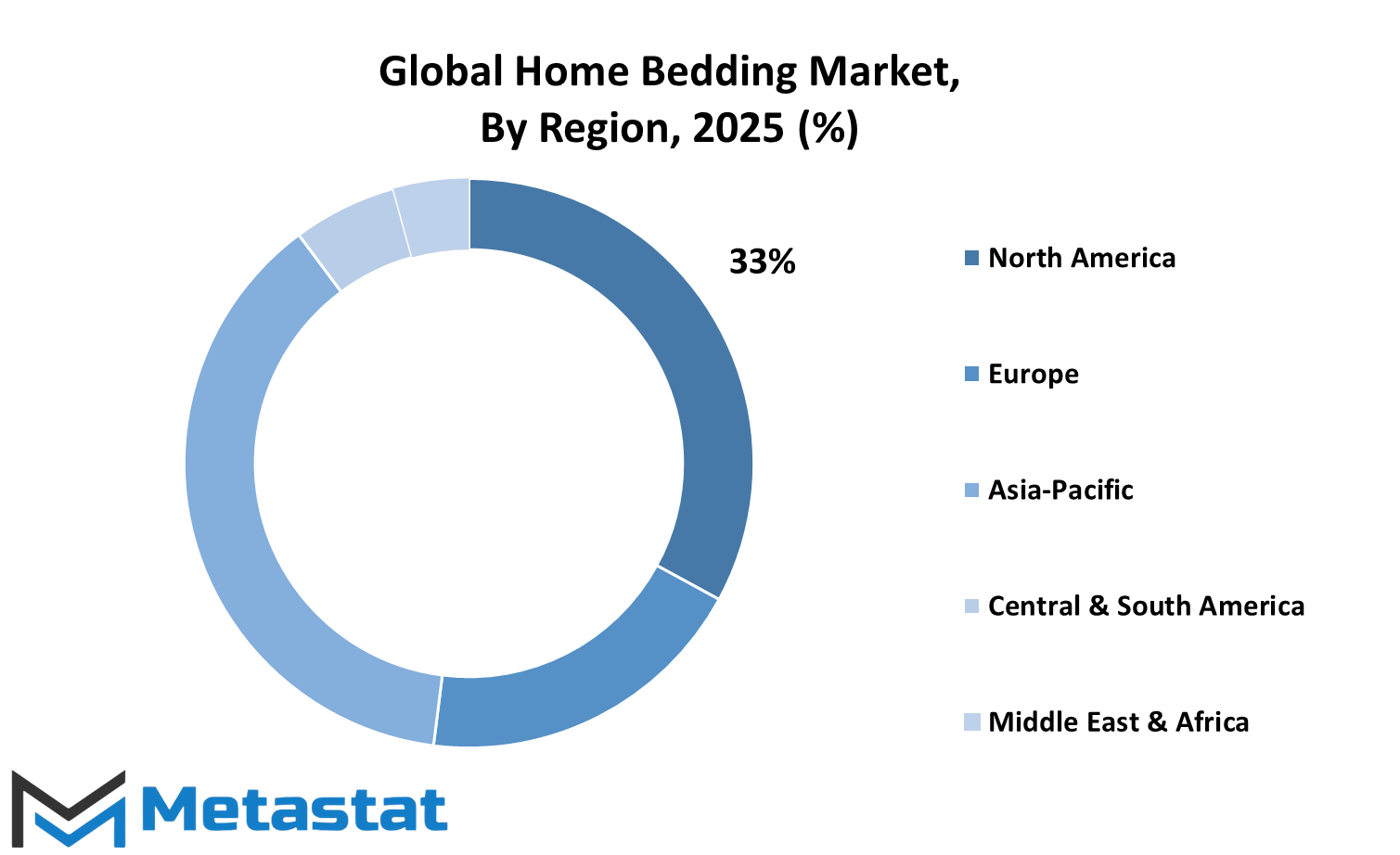
COMPETITIVE PLAYERS
The global home bedding market is an ever-rising sector that observes diverse trajectories and possibilities in different regions. Noting the views of the market from a global perspective helps us gauge how it could take shape. North America, comprising the United States, Canada, and Mexico, has always been a greater player so far in the bedding market. The people in these countries are willing to spend on better products with home comfort, and consequently, with a steady increase in consumer demand for eco-friendly and luxury bedding, demand shall keep growing. Innovations and focus on sustainable materials are expected to prove favorable to growth in subsequent years in the region.
Europe, including the likes of the UK, Germany, France, Italy, etc., is also showing great interest in trendy and functional bedding. European consumers generally appreciate comfort and beauty. The brands that combine construction quality with practical and chic will see ongoing success in this landscape. This increase in the desire for simple bedding made from good materials is expected in Europe as the trend for minimalist decor spreads. Many companies are focusing on organic and ethically produced options, which could, in the long run, play a great role in determining the market up in this region.
Asia-Pacific is the most interesting area of growth, including India, China, Japan, and South Korea. Rising levels of incomes and lifestyle changes are encouraging people to spend more on better quality bedding. Possibly, in the future, this area will spearhead the global home bedding market growth, with these changes driven by more urbanized populations and younger consumers who crave comfort as much as style. Particularly in these fast-witted markets, companies that would strike a fine balance of affordability with a pinch of luxury would flourish.
South America, consisting of Brazil and Argentina, is gradually carving a niche for itself in the global home bedding market. The market here is definitely not as developed as in other continents, yet it does hold promise. As standards of living go up, and consumer awareness levels grow, there will be an increasing market for bedding products that provide quality and durability. Functional companies could gain big time in South America designing affordable but pretty products.
In the Middle East and Africa, including the GCC Countries, Egypt, and South Africa, another area in which change is underway. Rising Urbanization with a growing focus on better home living environments present built-up opportunities. Years to come will see enhanced demand for quality bedding as people forge ahead into stylish and comfortable living. The global home bedding market within these regions surely promises a future encrusted with opportunities and new avenues for growth.
Home Bedding Market Key Segments:
By Type
- Bed Linen
- Mattress
- Pillows
- Blankets
- Mattress Toppers & Pads
- Others
By Distribution Channel
- Supermarket/Hypermarket
- Specialty Stores
- Others
By Price Point
- Mass
- Luxury
Key Global Home Bedding Industry Players
- 3Z Brands
- Acton & Acton Ltd.
- Allswell Home LLC
- Amazon
- American Textile Company
- Avocado Green Brands
- Beaumont & Brown
- Bedsure Designs Inc.
- Boll & Branch
- Bombay Dyeing
- Brooklinen
- Buffy Inc.
- Casper Sleep Inc.
- Crane & Canopy Inc.
- D’Décor Home Fabrics Pvt. Ltd.
- Frette North America Inc.
- Mattress Firm
- Pacific Coast Feather Company
- Parachute Home
- Peacock Alley
- Portico New York Inc.
- Purple Innovation, Inc.
- Saatva
- Sferra Fine Linens LLC
- Sleep Number
- Tempur Sealy International, Inc.
- The Company Store
- The White Company
- WestPoint Home
WHAT REPORT PROVIDES
- Full in-depth analysis of the parent Industry
- Important changes in market and its dynamics
- Segmentation details of the market
- Former, on-going, and projected market analysis in terms of volume and value
- Assessment of niche industry developments
- Market share analysis
- Key strategies of major players
- Emerging segments and regional growth potential



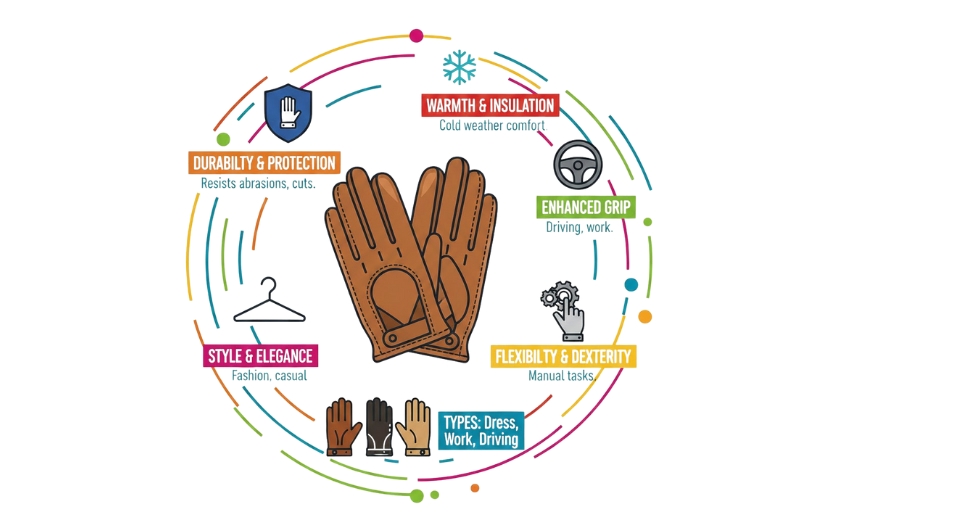
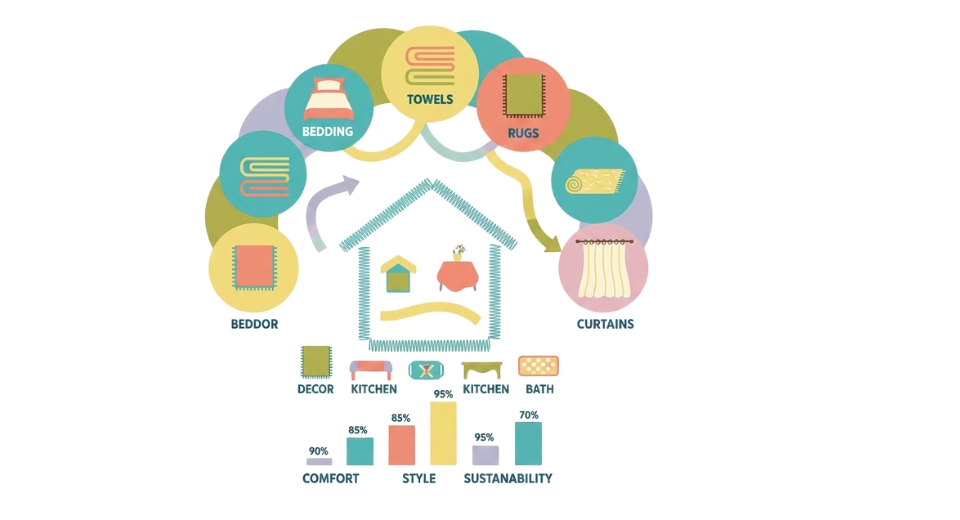

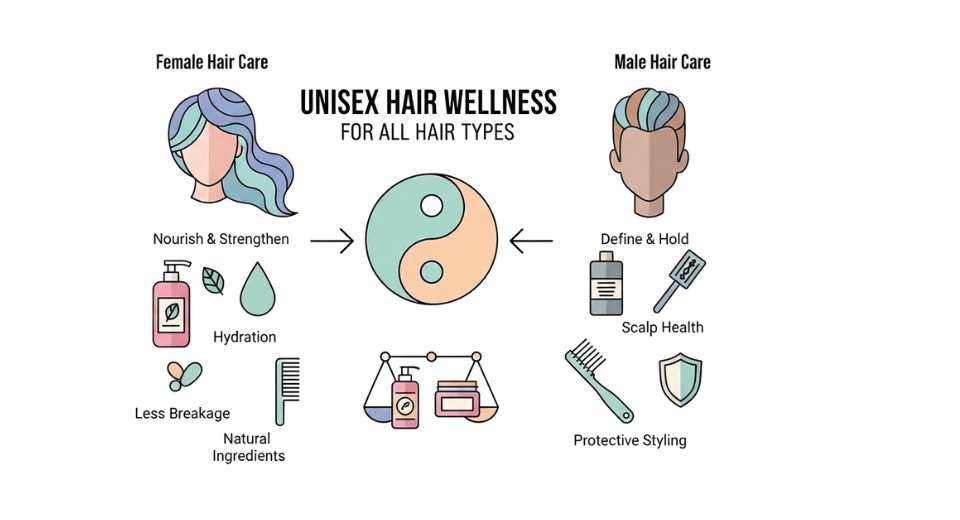

 US: +1 3023308252
US: +1 3023308252






